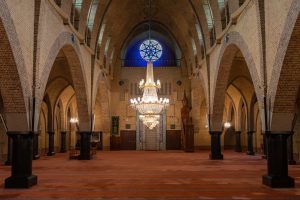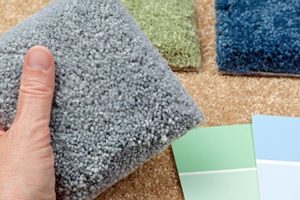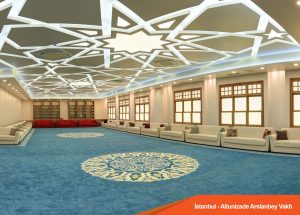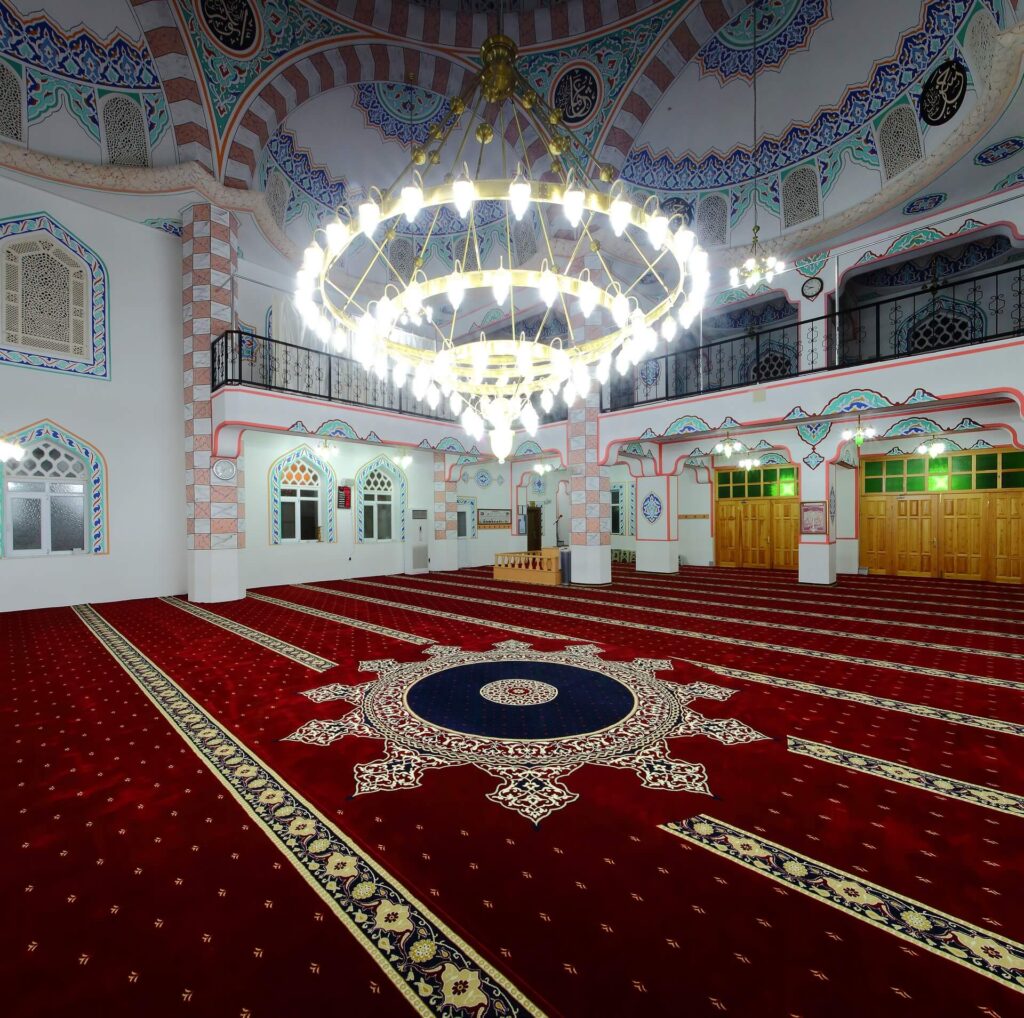
Prayer rugs and mosque carpets have different functions in terms of the order and comfort of worship areas. While prayer rugs are designed for individual use and offer hygiene and privacy with their portable structures, mosque carpets are preferred to ensure congregational order, provide comfort and protect the aesthetic integrity of the worship area. Mosque carpets are generally more durable and have non-slip bases, so they last even with intensive use. While prayer rugs can vary according to personal preferences, mosque carpets contribute to the peaceful and orderly realization of collective worship.
The Role of Prayer Rugs in Islamic Worship
Prayer rugs hold an important place in Islamic worship and provide a clean, personal space while praying. Offering great advantages in terms of hygiene and comfort, these special rugs are usually made of materials such as cotton, wool or silk. Their patterns are mostly inspired by Islamic art and include geometric motifs, mosque silhouettes or mihrab figures indicating the direction of the qibla. Their dimensions are ideal for personal use and they are portable, making worship easier in any environment. Prayer rugs strengthen the spiritual atmosphere of worship and contribute to the person feeling more peaceful and focused.
Mosque Carpets: Enhancing Communal Worship Spaces
Mosque carpets are designed to maintain order in large prayer areas and help the congregation to pray comfortably. Pure striped carpets make it easier for the congregation to align, while mihrab patterned models draw attention to the direction of the qibla. Patternless solid carpets increase the feeling of spaciousness in the mosque and provide a simple and peaceful atmosphere. The colors and patterns of the carpets are chosen in harmony with the architecture of the mosque, thus providing an aesthetic integrity to the prayer area. In addition, quality materials are used to ensure comfort and are made resistant to heavy use, thus maintaining peace and order during prayer.
Material Comparison: Wool, Acrylic, and Synthetic Fibers
The materials used in prayer rugs and mosque carpets offer different features in terms of durability, comfort and maintenance requirements. Wool is a natural and durable material and stands out with its soft texture and long life, but it is expensive and requires regular maintenance. Acrylic, while giving a similar feel to wool, is more affordable and retains its colors for a long time, but can become pilled over time. Synthetic fibers, on the other hand, are notable for being economical, stain-proof and easy to clean, but are less breathable than natural materials. The right material selection should vary according to the purpose of use and budget.
Choosing the Right Prayer Rug: Factors to Consider
When choosing a prayer rug, factors such as size, thickness, material and portability are of great importance. The appropriate size should be chosen according to the place of use, while those used at home can be larger, thin and foldable models should be preferred for travel. The choice of material determines comfort and durability; while wool and cotton are natural, breathable options, acrylic and synthetic fibers are lighter and more economical. Thickness increases knee comfort by balancing the hardness of the ground. While traditional motifs offer a spiritual atmosphere, modern designs can be more plain and minimal. Regular cleaning and proper storage are important for long-lasting use.
Selecting the Best Mosque Carpet: What to Look For
When choosing a quality mosque carpet, certain criteria should be taken into consideration in terms of both comfort and long-term use. While the pile height provides softness and comfort, being too long can increase the risk of dust accumulation. While wool stands out with its durability and natural structure as a material, acrylic and synthetic fibers offer economical and easy-to-clean alternatives. Color fastness prevents aesthetic losses over time, while the non-slip base increases safety. In addition, safety factors such as fire resistance should be taken into consideration. It is important to choose a mosque carpet in a way that will protect both the comfort of the congregation and the integrity of the prayer area.
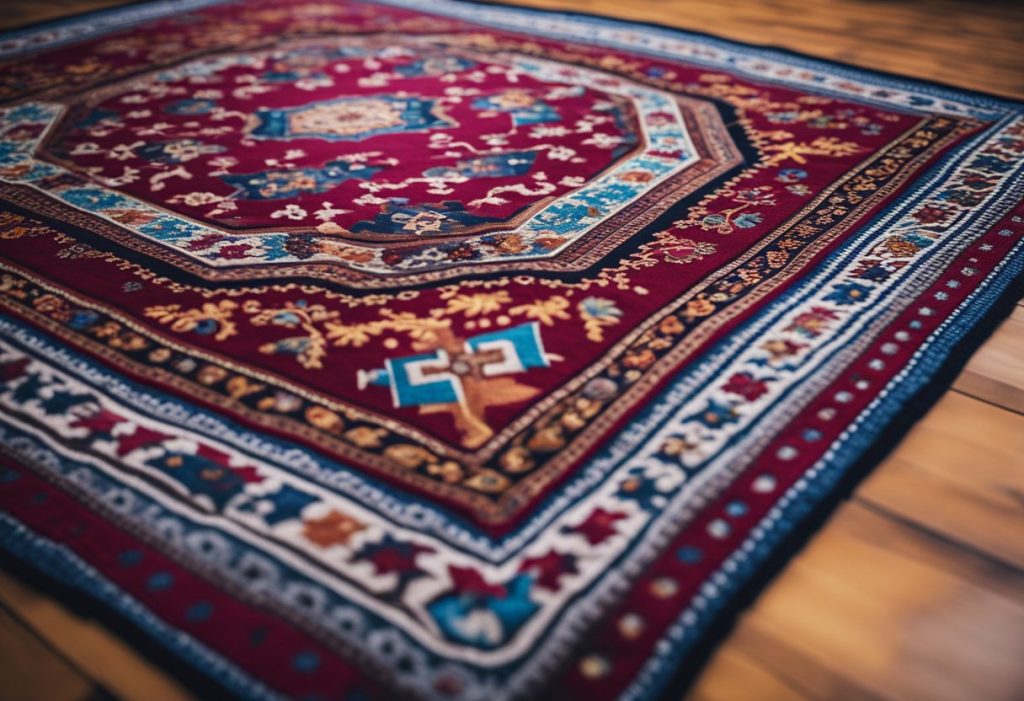
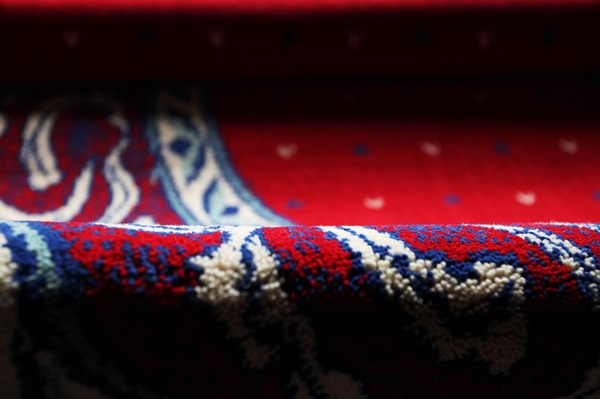
Cleaning & Maintenance: How to Care for Prayer Rugs
The cleaning and maintenance of prayer rugs is of great importance for long-term use and hygiene. It is recommended to prevent dust accumulation by shaking lightly daily and to perform a deep cleaning with weekly sweeping. When stains occur, quick intervention should be done and mild soapy water or natural cleaners should be used. While dry cleaning or low-humidity cleaning methods are preferred for wool prayer rugs, synthetic materials can be washed more easily. The prayer rug should be ventilated and stored in a dry environment to prevent moisture. Not exposing it to direct sunlight prevents color fading and ensures the longevity of the prayer rug.
Mosque Carpet Maintenance: Ensuring Longevity in High-Traffic Areas
The longevity of mosque carpets is possible with proper maintenance and protection. Daily cleaning is very important to extend the life of carpets in high traffic areas. Preventing dirt and dust accumulation prevents the carpet from wearing out. Professional cleaning periods increase the life of the carpet by providing deep cleaning. In areas with high traffic, it is necessary to take measures to prevent wear and tear in order to minimize the wear on the carpet. In addition, it is very useful to intervene quickly in spills that occur on the carpet for long-term use. It is possible to preserve the durability and aesthetics of mosque carpets with these methods.
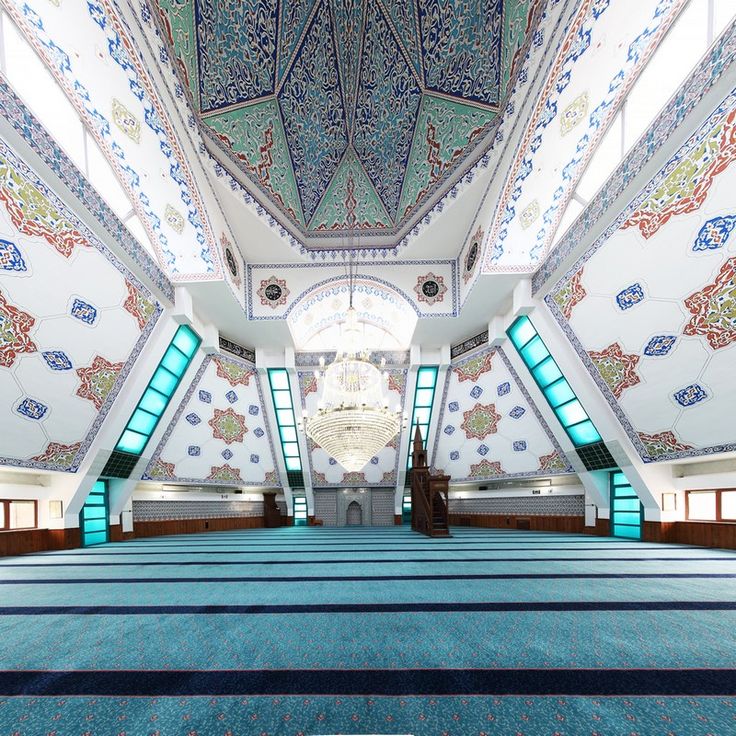
Cost Considerations: Budgeting for Prayer Rugs vs. Mosque Carpets
The cost differences between prayer rugs and mosque carpets vary depending on the materials used, design and production processes. While prayer rugs are generally less expensive and are used in smaller areas, mosque carpets require special designs that cover large areas, which increases the cost. Investing in high-quality mosque carpets provides benefits not only in terms of aesthetics, but also in terms of maintenance and durability in the long term. Such carpets show less wear and tear in long-term use, reducing maintenance costs. Therefore, the initial investment in high-quality carpets provides an economic advantage in the long term.
Aesthetic and Cultural Significance of Prayer Rugs and Mosque Carpets
Prayer rugs and mosque rugs carry not only functional but also deep cultural and aesthetic meanings. Colors, motifs and patterns reflect various aspects of Islamic culture and create a spiritual atmosphere. For example, Islamic geometric patterns symbolize eternity, while floral motifs represent the beauty of nature and creation. Traditional weaving techniques also reflect the unique cultural heritage and craft knowledge of each region. Although the aesthetic values and patterns used in different geographies from Anatolia to the Middle East show regional differences, they all deepen the experience of worship and inner peace. These rugs nourish the spirit of mosques with their aesthetic and spiritual unifying power.

